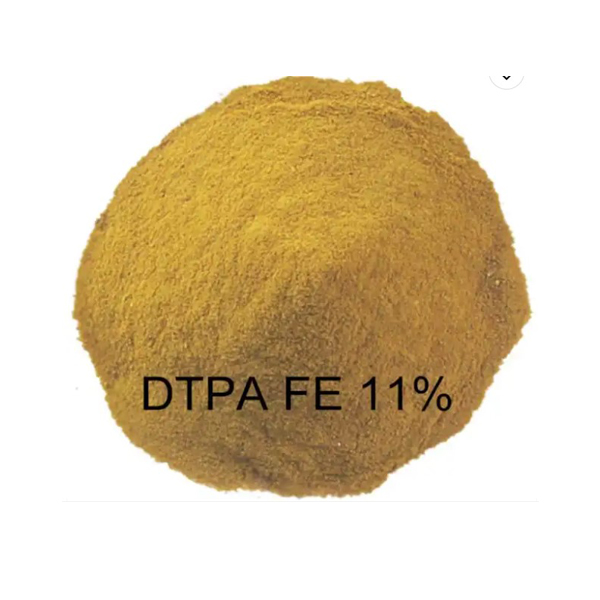
News
ਅਕਤੂਃ . 01, 2024 09:20 Back to list
Synthesis of Tailored Amino Acid Polymer Peptides for Diverse Applications
Exploring Custom Amino Acid Polymer Peptides Innovations and Applications
In the realm of biotechnology and materials science, custom amino acid polymer peptides represent a cutting-edge frontier. These engineered biomolecules are gaining prominence due to their unique properties and versatile applications across various fields, including pharmaceuticals, tissue engineering, and biomaterials.
Understanding Amino Acid Polymer Peptides
Peptides are short chains of amino acids linked by peptide bonds. They are fundamental building blocks of proteins and play crucial roles in biological processes. Custom amino acid polymer peptides, on the other hand, are designed with specific sequences and structures to achieve desired functionalities. By manipulating the sequence of amino acids, researchers can tailor these peptides to interact with biological systems in precise ways.
The ability to customize these peptides involves several techniques, including solid-phase peptide synthesis (SPPS) and recombinant DNA technology. SPPS allows for the stepwise addition of amino acids to create a peptide sequence, while recombinant techniques enable the incorporation of non-standard amino acids or the assembly of longer peptide chains in living organisms.
Advancements in Design and Synthesis
The advancement in designing and synthesizing custom amino acid polymer peptides is pivotal for numerous applications. For instance, by altering the hydrophobicity, charge, and structural motifs of the peptides, scientists can develop materials that resist degradation, promote cell adhesion, or even facilitate drug delivery.
Recent innovations have opened up new avenues in this field. For instance, the development of clickable peptides allows for the conjugation of various bioactive molecules, enhancing the therapeutic potential of these constructs. Moreover, the incorporation of fluorescent tags enables real-time imaging of peptide interactions within living systems, thus providing insights into complex biological processes.
Applications in Medicine
One of the most promising applications of custom amino acid polymer peptides lies in the field of medicine. These peptides can serve as drug delivery systems, targeting specific cells or tissues and releasing therapeutic agents in a controlled manner. This targeted approach minimizes side effects and enhances the efficacy of treatments.
custom amino acid polymer peptide

In cancer therapy, for example, tumor-targeting peptides can be designed to bind specifically to cancer cells. By conjugating these peptides with chemotherapeutic drugs or radionuclides, it’s possible to create treatments that kill tumor cells while sparing healthy tissues, a hallmark of precision medicine.
Moreover, custom peptides can act as immunomodulators, enhancing the immune response or promoting tolerance in autoimmune diseases. Their ability to specifically interact with proteins in the immune system opens up opportunities for developing vaccines and therapies tailored to individual patient needs.
Role in Tissue Engineering
Beyond pharmaceuticals, custom amino acid polymer peptides hold significant promise in tissue engineering. They can be used as scaffolding materials, providing a supportive structure for cell growth and tissue repair. The mechanical properties of these peptides can be adjusted to mimic the natural extracellular matrix, promoting cell attachment, proliferation, and differentiation.
Researchers are investigating the use of these peptides in regenerating complex tissues, such as cartilage, bone, and neural tissues. By combining custom peptides with stem cells, it becomes possible to create functional tissues that can be used in regenerative medicine.
Challenges and Future Directions
Despite the potential of custom amino acid polymer peptides, challenges remain. The cost of synthesis, scalability, and ensuring reproducibility in production are significant hurdles that researchers must overcome. Furthermore, understanding the long-term effects of these peptides within biological systems is crucial for their safe use in clinical applications.
Looking forward, interdisciplinary collaborations among chemists, biologists, and materials scientists will be key to unlocking the full potential of custom amino acid polymer peptides. As techniques and technologies continue to evolve, the future promises innovative solutions that could revolutionize medicine and material science.
Conclusion
Custom amino acid polymer peptides represent a frontier in the intersection of biology and materials science. Their tailored properties and diverse applications in drug delivery, immunology, and tissue engineering make them vital components of future innovations. As research progresses, the potential for these custom peptides to enhance therapeutic outcomes and contribute to regenerative medicine is immense, heralding a new era in healthcare and biotechnology.
-
OEM Chelating Agent Preservative Supplier & Manufacturer High-Quality Customized Solutions
NewsJul.08,2025
-
OEM Potassium Chelating Agent Manufacturer - Custom Potassium Oxalate & Citrate Solutions
NewsJul.08,2025
-
OEM Pentasodium DTPA Chelating Agent Supplier & Manufacturer High Purity & Cost-Effective Solutions
NewsJul.08,2025
-
High-Efficiency Chelated Trace Elements Fertilizer Bulk Supplier & Manufacturer Quotes
NewsJul.07,2025
-
High Quality K Formation for a Chelating Agent – Reliable Manufacturer & Supplier
NewsJul.07,2025
-
Best Chelated Iron Supplement for Plants Reliable Chelated Iron Fertilizer Supplier & Price
NewsJul.06,2025
